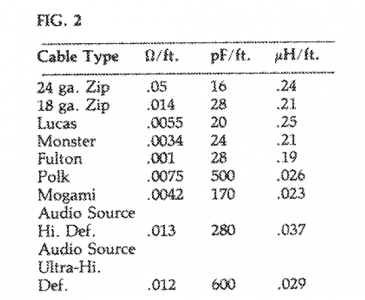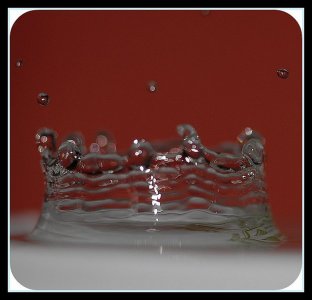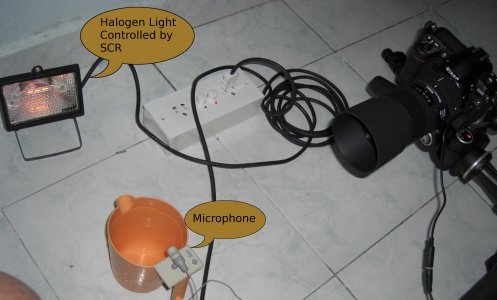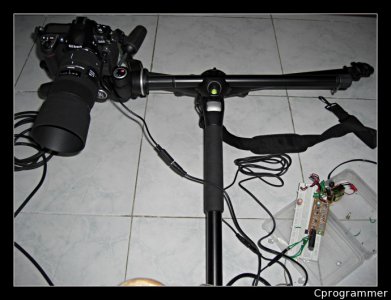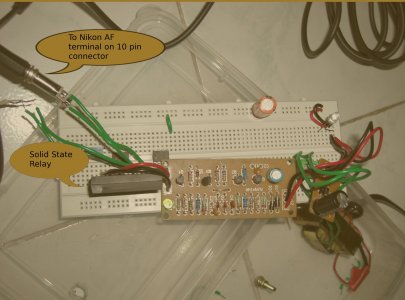I am 100% sure no FM would I tried this combination. FMs who follow me would know that my speaker wires are 12+12+14 awg each polarity mil spec silver plated Fulton length wires. But unfortunately, the Fulton lengths are not enough for my kind of wierd speaker placement. As I intended to keep these wire, the only option for me to extend this wire was adding other wires to make up for the length. I have been past months doing this with Polycab telephone cables ( 40 strands x 0.5mm) solid copper wire and terminated with Belden 8477 12awg X2 each polarity. I wanted to do away with too many joints and solder.
So today I ordered a wierd wire which are never marketed and sold as speaker wires They are sold as Solar DC cables meant for photovpltic / inverter wiring. So what is this wire specs-
99.99% pure tinned copper wire
Dielectric - XLPO -Polyethelene or Polypropylene
Polyolfines type dielectrics
-4sqmm -12awg conductor
-price -55/ per meter single core
Brand -Polycab
I ordered 20 meters today and shall be delivered by Sunday. I had short listed Belden, Klotz and Eurocable, but did not consider them as it's a PVC dielectric. Price was not a concern as I anyway needed only 5 to 6 meter length. As a comparison the Polycab cost me just 1100/- for 20 meters which is a steal looking at the wires specs -atleast nothing to loose much Who knows this wire could be good or better than the telephone cable + Belden combination.
So today I ordered a wierd wire which are never marketed and sold as speaker wires They are sold as Solar DC cables meant for photovpltic / inverter wiring. So what is this wire specs-
99.99% pure tinned copper wire
Dielectric - XLPO -Polyethelene or Polypropylene
Polyolfines type dielectrics
-4sqmm -12awg conductor
-price -55/ per meter single core
Brand -Polycab
I ordered 20 meters today and shall be delivered by Sunday. I had short listed Belden, Klotz and Eurocable, but did not consider them as it's a PVC dielectric. Price was not a concern as I anyway needed only 5 to 6 meter length. As a comparison the Polycab cost me just 1100/- for 20 meters which is a steal looking at the wires specs -atleast nothing to loose much Who knows this wire could be good or better than the telephone cable + Belden combination.


